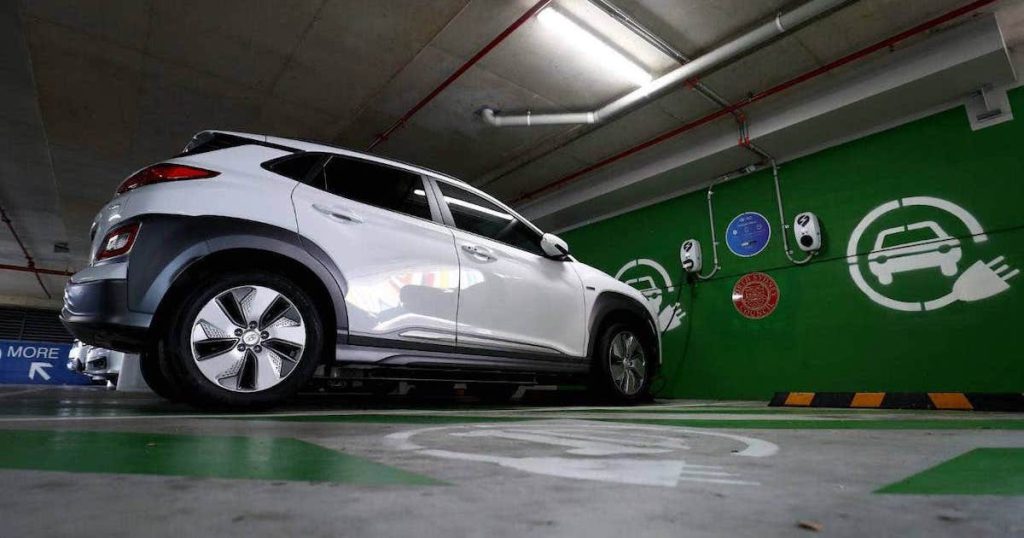Not many of us would have heard of Wuling Hongguang Mini EV, but this Chinese-made electric vehicle (EV) has skyrocketed in popularity, outselling Tesla by 53 per cent, making it the second most popular EV in China after BYD.
It is a no-brainer that the Wuling is so sought-after. With its pastel-coloured exterior, the car screams millennial louder than you can say avocado.
More importantly, at around US$5,000 (~S$6,600), it is less money than a luxury handbag.
We have already seen how low-cost Chinese smartphones have infiltrated the masses, so similarly, will Chinese EVs be the key to driving EV adoption in Singapore?
Low-cost EVs a solution to EV adoption
The biggest complaint about EVs in Singapore is their prohibitively high pricing, with the cheapest EV still costing at least S$50,000 more than the cheapest Internal Combustion Engine (ICE) sedan.
So far, the government have been providing subsidies of up to S$45,000 to eliminate the price differentials between EVs and ICE cars. However, more will need to be done if Singapore wants to hit its Green Plan target to phase out ICE cars completely by 2040.
The answer could be exceedingly simple. Instead of throwing out more rebates, why not introduce cheaper EV models that are comparable in price to ICE cars?
The thing about subsidies is that it does not change the deep-seated mindset that EVs are expensive. In fact, it reinforces the idea that EVs are unaffordable, which is why the government needed to step in to bridge the gap.
Hence, encouraging cheaper EV models like the Wuling would make EVs more price competitive.
That is because if we are serious about accelerating EV adoption, it is not enough for them to cost the same as ICE cars. They will need to be cheaper than ICE cars to disincentivise people from driving one.
Making car-lite Singapore a reality
As Singapore work towards building a car-lite future, the car-sharing industry is also facing an unprecedented surge in growth and popularity.
While there are many car-sharing options to choose from, only one particular player, namely Blue SG, runs on an entirely electric fleet.
As 2030 approaches, car-sharing firms will be forced to upgrade their fleet and have them run on clean energy too. As such, low-cost EVs are a lifesaver that would allow them to stay in business and help Singapore build a low-carbon economy.
Currently, the Citroen Ami, another no-frills EV costing around €6,000, is already being used in Paris as a car-sharing option.
Designed for short commutes in dense spaces, low-cost EVs could very well be the solution to our urban mobility challenges — something the personal mobility devices (PMDs) tried to address before they were banned.
Looking back, it was clear why PMDs were so popular — they were used as a cheap car substitute. Low-cost EVs, shared or otherwise, offer the same flexibility and convenience one would seek in a PMD, but without the human cost of personal safety.
With governments worldwide struggling to increase EV adoption, low-cost EVs might very well be the answer to the problem.
Featured Image Credit: Brendon Thorne via Getty Images
Also Read: Tesla offers up to S$10,000 discount on existing EVs in S’pore following price cuts in China
